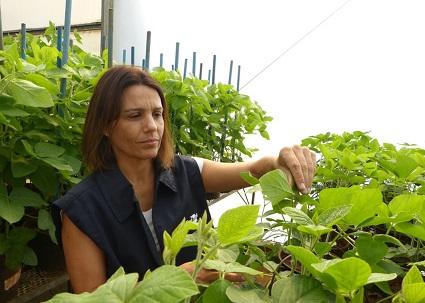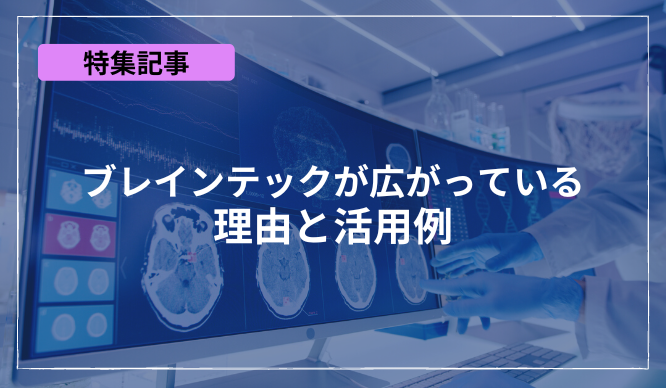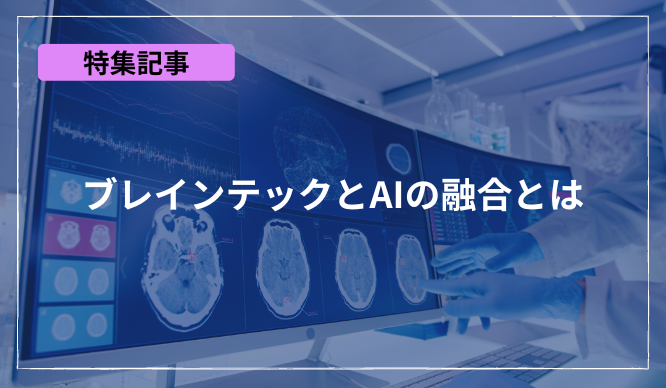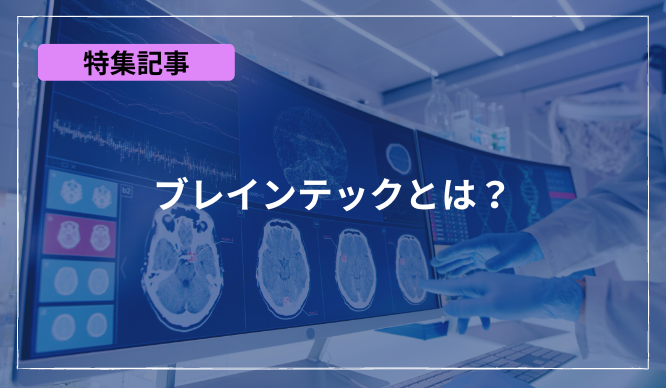Application for evaluation machine
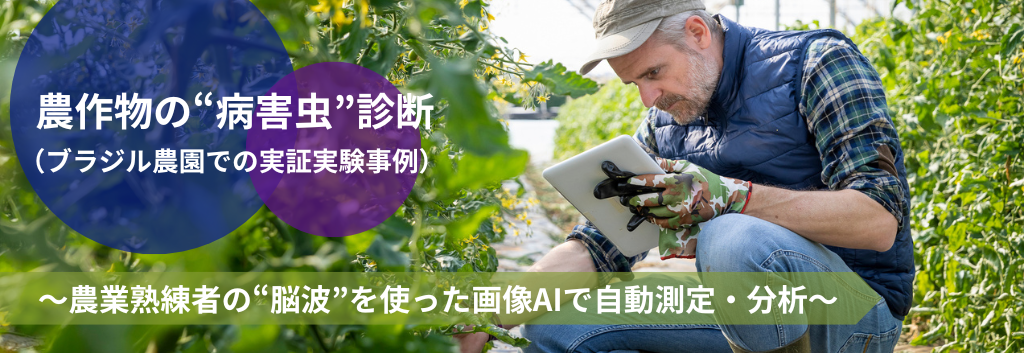
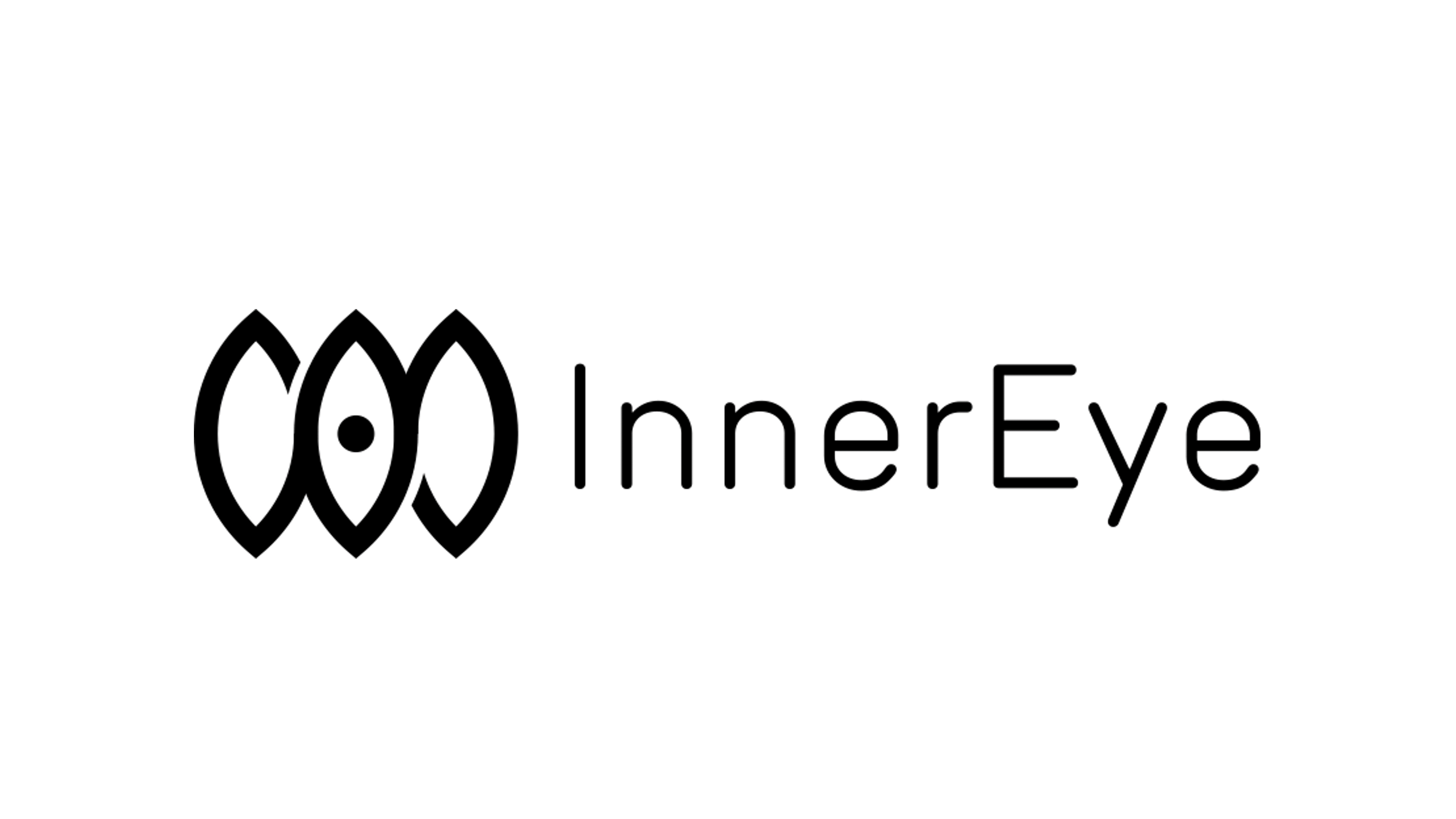
InnerEye Ltd.
inner eye

Introduction
In this article, we will introduce an example of a demonstration experiment overseas (Brazilian farm) in which "Braintech*", a technology that combines brain science and AI (artificial intelligence), was used to diagnose "pests" of agricultural products. Introducing.
* Embrapa company in Brazil 2023/2/7 attachedpress release It will be a Japanese article.
What is “Braintech”?
First, what is “Braintech”?
Braintech is a coined word combining Brain and Technology. It refers to activities and business areas that fuse neuroscience and IT to analyze the state of the brain to clarify the physical mechanisms of how the brain works, and to apply the identified mechanisms to various applications and services. increase.
By capturing brain waves, this technology can identify the judgments and classifications that people make when observing images. Then, by simulating the process, the images are immediately and automatically labeled.
Demonstration experiment at a Brazilian farm
Demonstration experiment by three companies: Embrapa, InnerEye, and Macnica DHW
In 2019, Macnica DHW partnered with Embpara, which has new application possibilities, to explore technology in the agricultural field, and in April 2022, launched a demonstration experiment for early detection of plant diseases.
Macnica handles InnerEye, which allows us to create a machine that mimics the human brain with high reliability by associating brain waves with AI neural signals. This EEG capture and simulation instrument will be able to detect pests in soybeans at an early stage through artificial intelligence (AI), and this demonstration will be a pioneering initiative in Brazil by Embrapa, Macnica DHW and InnerEye.
*About Embrapa (Brazilian Agricultural Research Agency)
Results obtained from demonstration experiments
With this Braintech-based system, we were able to distinguish "healthy leaves" from "powdery mildew and Asian soybean rust" with high accuracy.
●This technology has several possible applications, such as the early detection of disease in plantations and the discovery of optimal pastures for maximizing dairy production.
● Recognition systems can be embedded in agricultural machinery, drones, mobile phones, etc.
●Similar technology is used at airports to identify dangerous goods in suitcases.
Embrapa Digital Agriculture researcher Jayme Barbedo explains the operation of technology using artificial intelligence applied to agriculture
Details of the demonstration experiment
Jaime Barbedo, researcher at Agricultura Digital who is leading the project on Embrapa's side, said:
“AI tools have evolved significantly, and if you have ``good quality data,'' you can solve almost any problem. Creating AI requires not only collecting ``good quality data,'' but also labeling by experts. This is a costly and time-consuming task, but Macnica DHW and InnerEye systems used in the demonstration experiment helped with this.The first results of this experiment are “ We were able to distinguish between "infected leaves" and "healthy leaves" with high accuracy.
In the future, we plan to go beyond distinguishing between diseased and non-diseased diseases and identify the types of diseases present in soybean farms, starting with the most important diseases that have the greatest commercial impact. We are also negotiating with the Embrapa Research Center to include crops such as corn and coffee in our experiments. ”
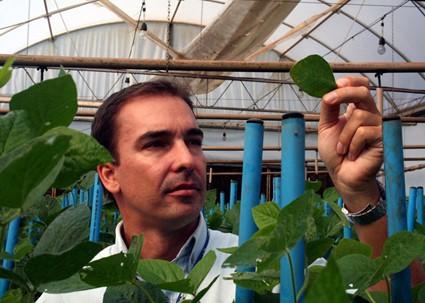
To measure brain waves, Embrapa soybean plant pathologists Claudia Godoy and Rafael Soares (pictured left) evaluated approximately 1,500 images of diseased and healthy leaves.
●Comments from people involved in this demonstration experiment
・“By linking brain wave neural signals with AI, we can create a machine that imitates the human brain with high reliability.” (Macnica DHW IoT & AI Solutions Manager Fabricio Petrassem)
・"By capturing brain waves, InnerEye's system can identify people's judgments and classifications of images, and automatically label the images immediately." InnerEye developer Yonathan Meir)
"At the proof-of-concept stage, it was shown that a model generated from the EEG of an expert could successfully process images, enabling training of machines to identify diseased plants. Also, 'sick/healthy' By combining the images labeled with , and the EEG signals of the experts, the performance of the model has improved and AI can be used,” said Barvedo of Embrapa.
In this experiment, photographs of "sick leaves" and "healthy leaves" that are quickly displayed on a computer screen are
It measures how the brain waves respond when viewed by an expert, learns the difference, and distinguishes images of diseased and healthy leaves.
It is an epoch-making system that automates labeling, which takes time in the past, and makes it faster and more efficient.
This recognition technology can be used by people who do not have much knowledge about diseases, and is very useful for quality control. This is expected to speed up decision-making, reduce corporate losses, and rationalize the use of natural resources.
“This experiment was very interesting. A system that learns to detect and identify images of “disease leaves”.
With the evolution of AI learning, this kind of recognition technology can now be used by people who do not have much knowledge about diseases. We will be able to do that,” says Claudia Godoy, phytopathologist at Embrapa Soybean (pictured above), of the experiment.
Two pests selected for this experiment
Two diseases were chosen for the experiment, said Rafael Soares Soares, plant pathologist for Embrapa soybeans.
“Asian soybean rust,” which is the most economically damaging disease, and “powdery mildew,” which occurs in southern Brazil.
“These diseases were selected not only because they have a large impact on soybean cultivation, but also because they have characteristic symptoms on leaves.
For researchers, improving systems that can automatically detect and diagnose soybean pests is one of the biggest challenges in crop management. It has been.
Asian 'soybean rust' damage exceeds US$2 billion per crop in Brazil
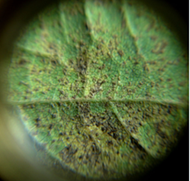
Caused by the fungus Phakopsora pachyrhizi, soybean rust (pictured right) is the most serious crop disease with an estimated loss of up to 80% if left untreated. A study by the Anti-Lust Consortium puts the cost of losses from the disease in excess of US$2 billion per crop in Brazil, taking into account fungicide purchases and lost productivity.
'Powder Mildew' can cause productivity losses of up to 35%
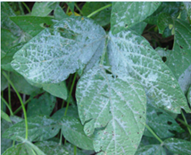
Powdery mildew has been reported to reduce productivity by 10% to 35%.
Powdery mildew is a disease caused by a fungus (mold) in which the leaves and stems are covered with a white powdery fungus. The range of infection is wide, and it occurs in almost all plants such as vegetables and flowers.
It tends to occur in relatively warm and slightly dry conditions, and it is a disease that is difficult to control once it occurs because the speed from the onset to the severity of the disease is fast.
The disease thrives in periods of low humidity and mild temperatures (18°C to 24°C), and is more prevalent in high altitude, late sowing areas in southern Brazil. “Disease control requires the use of resistant cultivars and chemical controls,” explains researcher Rafael Soares.
Current countermeasures focus on practices such as "sanitary breaks," in which soybean seedlings are not planted in the fields for at least 90 days to reduce the introduction of fungi. It also includes the use of early maturing varieties, recommended sowing at the beginning of the season, adoption of resistant varieties, adherence to sowing calendars, and use of fungicides.
Therefore, Embrapa recommends that farmers can better manage this disease by leveraging the combination of available fungicides and available systems to maintain the variety,” says Claudia. Godoy affirms.
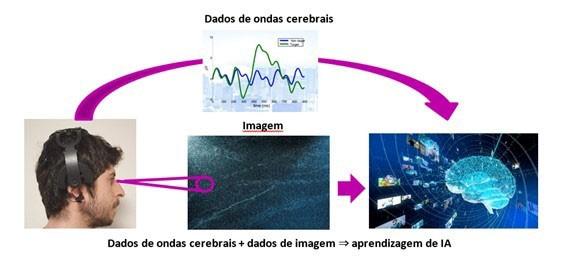
Image: Inner Eye
How Braintech works
By capturing brain waves, Braintech's technology can identify the judgments and classifications that people make when observing images. Then, by simulating the process, the images can be instantly and automatically labeled.
This system "mimics" the brain function of an expert when visualizing images of diseased plants, and automates and streamlines labeling. It simulates as closely as possible the brain processes that an expert would go through when identifying something or making a decision, as was done with the plant pathologist.
First, an expert wears an EEG* and measures brain waves to calibrate the model. Everyone's "brain patterns", or electrical signals in the brain, are different, so each person needs to be calibrated so that the model can understand what they're thinking.
*EEG: electroencephalograph (EEG)
Once the system has “learned” the movements of the expert, it begins labeling the database.
The experts were instructed to look at the diseased leaves on a screen displaying three images per second and to count the number of diseased leaves they recognized. At this time, we capture different EEG characteristics than when looking at healthy leaves.
According to the project leader, counting isn't necessary, but boosting brain signals can make it easier to distinguish between sickness and health. With this system, 10 images per secondyou can view up to .
Reliability of results
We were able to "label more than 1,000 images in one session, averaging 30 minutes."
This is a manual task that would take days. In addition to speeding up the labeling process, there is a mechanism to correct possible errors, making the learned model more reliable.
Through neural signals, the system can identify whether the expert blinked in the process of viewing a series of images or lost attention. In such cases, the system discards the results and reintroduces the images later. The Braintech system generates an attention curve and suspends the experiment to take a break if it drops to a level that affects the reliability of the results.
Braintech, application in agriculture
This technology opens up a number of potential applications in agriculture.
This demonstration experiment "Pest" In addition to diagnosis, appropriate It can also be applied to determine the “harvest time”.
Another article: Leave it to AI! "Determination of harvest time" and "diagnosis of pests and diseases" -Automatic measurement and analysis with image AI using "brain waves" of agricultural experts-
This AI model is incorporated into agricultural machinery and smartphone apps, It can be used in areas where there is a shortage of specialized labor.
AI models identify plots that need to be sprayed in real time, enabling more rational pesticide application, resulting in cleaner and more sustainable food production while reducing economic costs and environmental impact. To do.
Incorporating such an AI model as a smartphone app can also help farmers make decisions in a more convenient way and prompt them to take necessary actions to address problems.
In addition, according to a dairy farming expert, it is said that there is also a “potential application of technology in dairy farming”. “In order to maximize milk production, it is necessary to raise dairy cows in the most suitable pasture. Thank you very much,” said the expert.
<Application example of Braintech>
・Agriculture: Early detection of diseases, determination of harvest time, identification of areas that require pesticide spraying, etc.
・Dairy farming: Finding the best pastures to maximize production, etc.
In addition to agriculture, various uses such as the following manufacturing industries, airport security, and medical sites are expected.
